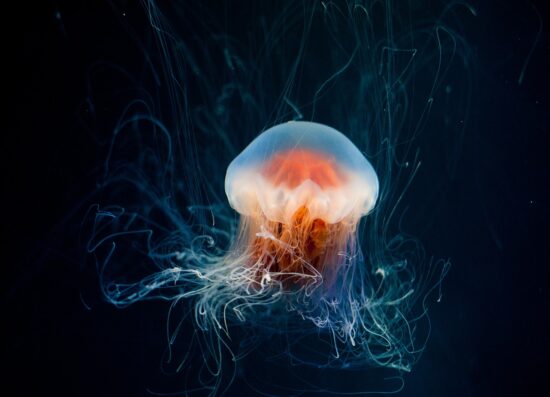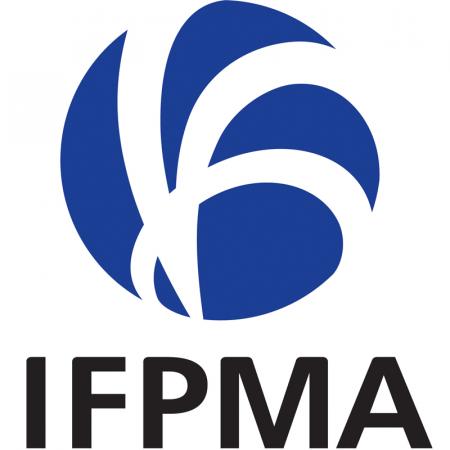Jellyfish blooms—an overlooked hotspot and potential vector for the transmission of antimicrobial resistance in marine environments
Gelatinous zooplankton (GZ) is a key component of marine food webs, causing massive blooms with severe environmental impacts. When these collapse, organic matter (GZ-OM) sinks to the seafloor or enters the ocean’s interior, promoting bacterial growth and microbial interactions. This study found that communities exposed to GZ-OM displayed increased relative ARG and MGE abundance, indicating nutrient influx and colonizable surfaces. Vibrio was identified as a key player associated with elevated ARGs and MGEs. This study establishes a link between jellyfish blooms and ARG spread, likely increasing with future ocean change.
AMR NEWS
Your Biweekly Source for Global AMR Insights!
Stay informed with the essential newsletter that brings together all the latest One Health news on antimicrobial resistance. Delivered straight to your inbox every two weeks, AMR NEWS provides a curated selection of international insights, key publications, and the latest updates in the fight against AMR.
Don’t miss out on staying ahead in the global AMR movement—subscribe now!





